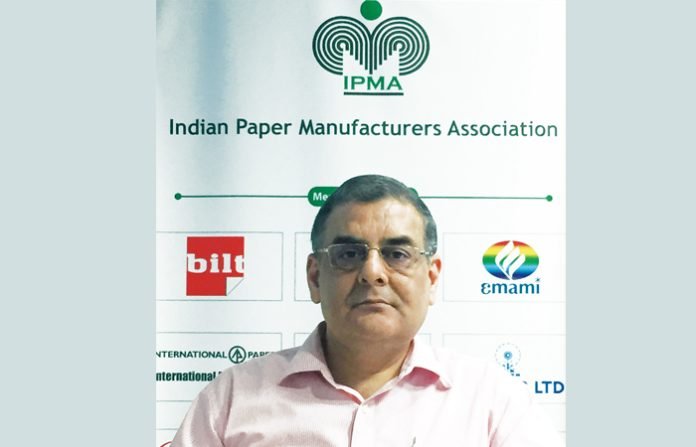The Indian Paper Manufacturers Association (IPMA), an industry body representing some of the biggest paper manufacturers in India, has welcomed the government’s decision to keep school education out of the service tax net as the new GST regime comes into force this July. According to Rohit Pandit, secretary general, IPMA, there is a close connection between socioeconomic development goals like better education for children and the school book publishing industry, which relies heavily on economically priced paper. IPMA members are amongst the largest and most integrated pulp and paper manufacturers that include manufacturers of writing and printing paper in addition to paper for the packaging industry.
The rates at which various goods and services will be taxed under GST is being prepared for implementation from 1 July 2017, under the supervision of the GST Council which meets in May this year. IPMA has requested a lower lower tax rate for paper products in the wider public interest, not just with regard to education but also other stakeholders. The plea from IPMA to the GST Council states, ‘(The) Paper industry is primarily an agro-based industry and has close linkages with the farming community. Usage of paper and paperboard also needs to be incentivised to provide a much more environmentfriendly and better packaging material than alternate material like plastic. Therefore, we believe that paper industry deserves special consideration.”
Currently, paper attracts an excise duty of 6% and VAT is applicable at concessional rates ranging from 4% to 6% under different state VAT laws. This makes for a total tax incidence of 11-12% for the paper industry. IPMA’s Pandit expects the rate for the paper industry to be fixed at 12% by the GST Council. He feels if the rate increases even by 1% , it will have a significant impact on the prices of end products like school books. He says, “We should not have a situation where the spending on education increases for the lower income households. That’s because any additional tax load on paper would be passed on by the manufacturers and converters to the end consumer.” Most of the raw material for the paper industry, such as wood and paper pulp, is either not taxed at all or at fixed at 4-6%.
Pandit estimates the total size of the paper market to be around 15.5 million tons, out of which domestic production accounts for 13.5 million tons while 2.5 million tons are imported and about .5 million tons exported. The imports have been increasing at a fast rate since 2010; since then, however, and till date, the gap between exports and imports has widened considerably. Imports have been increasing at a fast rate, especially under the Free Trade Agreement wherein the tariff rate on import of paper from ASEAN countries is zero. The industry has been severely impacted by imports that have somewhat tilted the playing field. The government needs to provide a leveller for the domestic paper industry, especially when there is room for growth which is expected to be around 6-7% in the near term.
IPMA has also requested the GST Council to consider offering a concessional rate for transportation services in relation to paper. This is in light of the fact that logistics accounts for a major part of the cost in the paper industry, especially when raw material like wood has to be procured from marginal farmers spread over the country. As GST comes into force, the government needs to take measures to prevent taxes on transportation and logistics services from increasing beyond the current tax threshold. Paper is one of the core sectors of the Indian economy, especially when the growth potential of the packaging industry is considered. IPMA recommends a more level playing field in relation to imports and is not recommending protection for the domestic industry.
We should not have a situation where the spending on education increases for the lower income households. That’s because any additional tax load on paper would be passed on by the manufacturers and converters to the end consumer

















